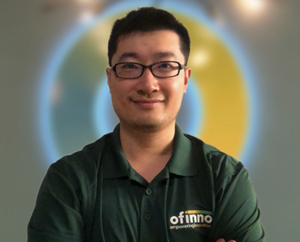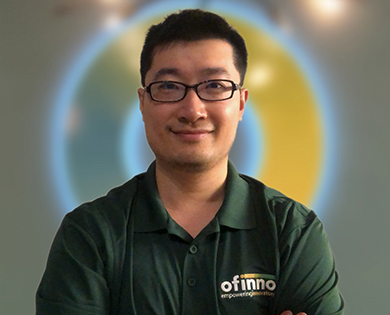Recently, virtual reality (VR) and augmented reality (AR) have extended the way we view and interact with the digital world. With the rapid growth of such technologies and the demand for immersive multimedia content, 3D objects are becoming more and more popular. Most of the time, they are modeled as complex 3D polygonal meshes or dense point clouds, providing immersive experiences in different industrial and consumer multimedia applications. Among them, 3D meshes became highly popular and have been extensively used in the gaming and 3D filming industries. Nevertheless, the creation of high-fidelity content requires enormous computational resources for storage, transmission, processing, and visualization purposes. This problem penalizes their deployment on light, mobile devices. The point cloud, which is easier to acquire than mesh and is widely applicable, has recently raised much interest in the commercial world.
A 3D point cloud is a set of 3D points with different properties such as their geometrical locations and the associated attributes (e.g., color, material properties, etc.). The point cloud representations are well-suited for various industrial applications, including 3D scanning and modeling, environmental monitoring, agricultural and forestry, autonomous driving, and so on. It can fulfill different requirements in terms of precision, point density, and related attributes.
The number of points within a point cloud can range from a thousand, to constitute simple 3D objects, up to billions, to realistically represent complex 3D scenes. Such huge amounts of data bring great technological challenges in terms of coding, transmission, processing, and storage of point clouds. Thus, for hyper-realistic visualization applications, point clouds with high density (up to millions of 3D points) are required, which raises massive demands in terms of computational and memory requirements. For example, high precision is required for point clouds used in autonomous navigation applications. On the other hand, for applications that involve dynamic point clouds, a greater amount of bandwidth is needed to acquire smooth visualization. Within this context, the development of efficient compression methods and technologies, considering various application constraints, has become a crucial challenge.
Currently, the 3D Point Cloud Compression (PCC) standards are under development by the ISO (International Organization for Standardization) / IEC (International Electrotechnical Commission) MPEG group. The standards are published in two parts: the so-called Video-based-PCC (V-PCC) and Geometry-based-PCC (G-PCC) as MPEG-I part 5 and part 9 respectively. V-PCC leverages traditional 2D video coding standards to compress the 3D to 2D projected atlases. It aims at providing low-complexity decoding capabilities for applications that require real-time decodings, such as virtual/augmented reality and immersive communications. On the other hand, G-PCC aims to provide efficient lossless and lossy compression for use in applications such as autonomous driving, 3D maps, and others that use LiDAR generated point-clouds.
Ofinno’s Video Compression team continues to bring innovations to 2D video and 3D immersive media compression technologies. Along with our wireless communications technologies, Ofinno conducts research on problems and innovates solutions in several other emerging technologies and continues to provide a broad spectrum of innovation across a wide gamut of technical domains.
ABOUT THE AUTHOR
 At Ofinno, Chao focuses on the standards and technologies for video-based dynamic mesh coding, a coming standard of MPEG-I part 29. His research interests include image, video, point cloud and mesh compression. He received his Ph.D. degree in point cloud compression at Télécom SudParis, Institut Polytechnique de Paris, Évry, France. He has been participating and contributing to the moving picture experts group (MPEG) since 2018.
At Ofinno, Chao focuses on the standards and technologies for video-based dynamic mesh coding, a coming standard of MPEG-I part 29. His research interests include image, video, point cloud and mesh compression. He received his Ph.D. degree in point cloud compression at Télécom SudParis, Institut Polytechnique de Paris, Évry, France. He has been participating and contributing to the moving picture experts group (MPEG) since 2018.


